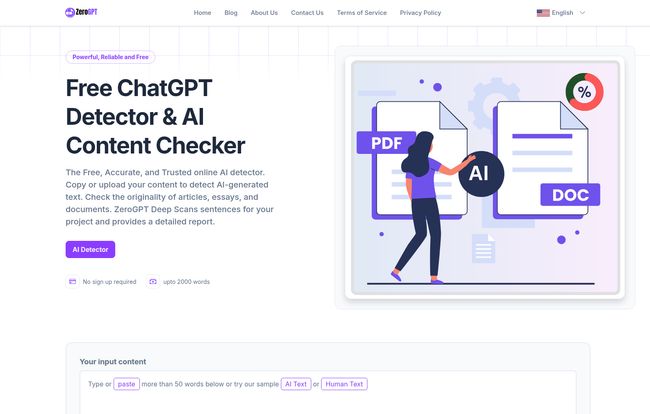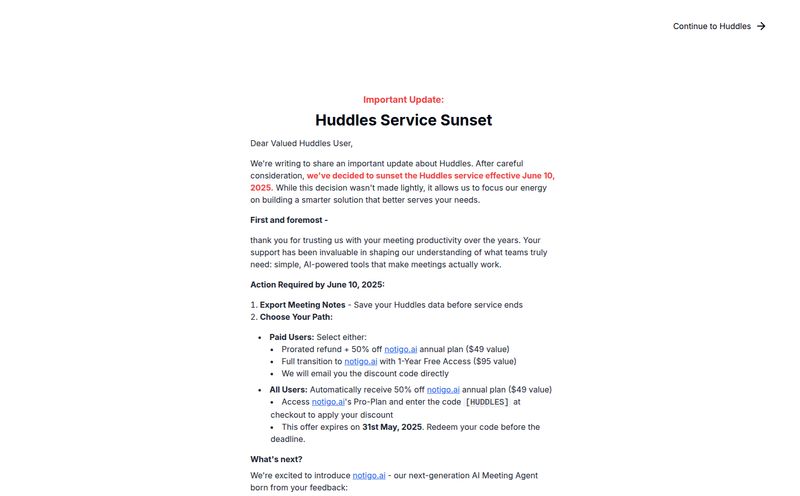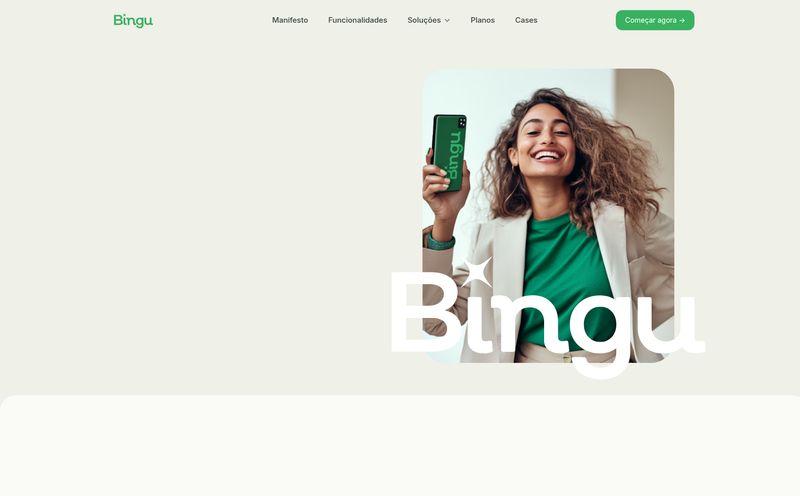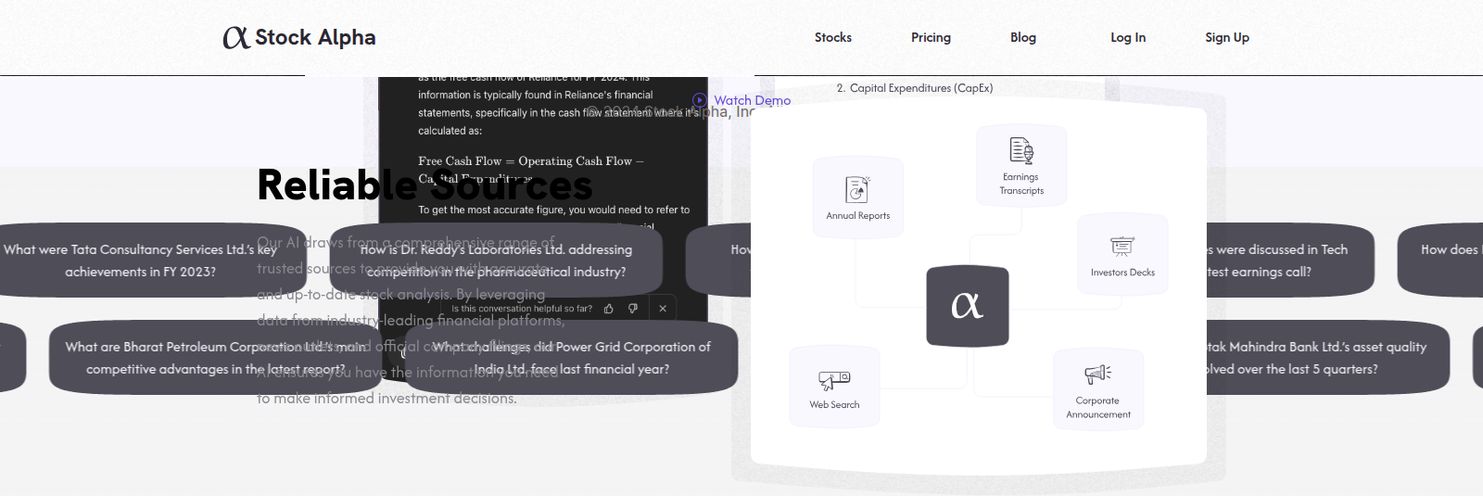The content world has turned into a wild, digital frontier. Everywhere you look, there’s AI-generated text. Some of it is surprisingly good, a lot of it is… well, let's just say it has the personality of a toaster. As an SEO who’s been in the trenches for years, I’ve seen it all. I've waded through oceans of robotic prose, and I've been genuinely fooled by some sophisticated AI writing. It's a constant cat-and-mouse game.
So, when another AI content detector pops up, you can forgive me for being a little skeptical. Is it just another tool making big promises? Or does it actually deliver? I decided to take ZeroGPT for a spin to see if it could cut through the noise. And I’ve gotta admit, I was pleasantly surprised.
This isn't just another review where I list off features. I'm going to tell you what it’s really like to use it, where it shines, and where it, you know, stumbles a bit. Because no tool is perfect.
What Exactly is ZeroGPT? More Than Just a Robot Hunter
First off, calling ZeroGPT just an “AI detector” is like calling a smartphone just a “phone.” It sells it way short. Yes, its core job is to sniff out content churned out by models like GPT-4, Google's Gemini, and others. You paste in your text, hit a button, and it gives you a verdict, even highlighting the specific sentences it thinks are AI-written. Simple enough.
But the real magic is that it's an entire writing toolbox packed into one platform. Think of it as a Swiss Army knife for anyone who works with words. Alongside the AI detector, you get a plagiarism checker, an AI paraphraser and summarizer, a grammar checker, a translator, and even a little AI chatbot to help you out. For someone like me who usually has about 17 tabs open for different tools, having them all in one spot is a breath of fresh air.

Visit ZeroGPT
They even have a Chrome extension, which is handy for quick checks without derailing your workflow. And get this – for certain plans, you can even use it on WhatsApp and Telegram. That’s a neat touch, showing they understand people work everywhere these days, not just at a desk.
Putting ZeroGPT to the Test: My Experience
Okay, so how does it actually perform? The user interface is clean and straightforward. You can’t really get lost. You’re greeted with a big text box, and the instructions are basically: paste, click, done. I appreciate that. I don’t have time to learn a complicated new system.
I threw a few different text samples at it. First, a blog post I wrote myself, from scratch. It came back with a big, beautiful 0% AI-generated score. Phew, I'm still human. Then, I fed it a piece generated entirely by ChatGPT-4. ZeroGPT flagged it almost instantly, highlighting nearly every sentence and returning a 98% AI score. Pretty impressive.
The real test, though, was a hybrid piece—something that started as AI-generated but was then heavily edited by a human (me). This is the tricky middle ground where many detectors fall apart. ZeroGPT did a decent job. It correctly identified some of the original AI phrasing but was fooled by the more heavily edited parts. It gave it a score of around 45% AI. This is a good reminder that these tools are guides, not gospel. They provide evidence, but the final call often requires human judgment. And honestly, that's how it should be.
The Good, The Bad, and The Robotic
What I Really Liked
The accuracy for purely AI or purely human text is genuinely high. For most use cases, like a teacher checking an essay or an editor vetting a freelance submission, it's more than capable. The detailed report, with its sentence-by-sentence highlighting, is incredibly useful for providing specific feedback instead of just saying, "This feels robotic." You can point to the exact spots that need work. The all-in-one platform is the biggest win for me. Bouncing between a grammar checker, a plagiarism tool, and an AI detector is a pain. ZeroGPT streamlines that whole process.
Where It Could Be Better
Let's not pretend it's flawless. The character limit on teh free version is quite restrictive. At 5,000 characters per check, it’s fine for a short email or a paragraph, but you can't check a full blog post or an academic paper without upgrading or breaking it into tiny chunks. It’s a classic freemium model designed to get you on a paid plan. Also, as I mentioned, its accuracy can dip with highly complex or expertly 'humanized' AI text. This isn't unique to ZeroGPT—it's an industry-wide challenge—but it's something to be aware of. You can't just blindly trust the score every single time.
Let's Talk Money: ZeroGPT Pricing Explained
Ah, the pricing page. The place where good tools can become inaccessible. ZeroGPT has a few different tiers, which can look a bit confusing at first glance, so let me break it down simply. They have their regular user plans and then separate API plans for developers.
Here’s a simplified look at the main monthly plans for regular users:
| Plan | Price (Monthly) | Key Features |
|---|---|---|
| PRO | $7.99 | 100k characters for AI detection, ad-free, PDF reports, basic access to other tools. |
| PLUS | $14.99 | Includes everything in Pro plus a generous 25,000 words/month for the Plagiarism Checker. |
| MAX | $18.99 | 150k characters for AI detection, 40,000 words/month for plagiarism, much higher limits on all tools, and access via WhatsApp/Telegram. |
Prices and features are subject to change. Always check the official ZeroGPT pricing page for the most current information.
In my opinion, the free version is for casual users. If you're a student, blogger, editor or SEO professional, you'll probably hit that character limit on day one. The PRO plan is a great starting point, but the PLUS plan's inclusion of a hefty plagiarism checking allowance makes it the best value for serious content creators. The API plans are a whole other ballgame, priced per 1,000 words and designed for businesses that want to integrate ZeroGPT's tech into their own systems.
Who Is ZeroGPT Actually For?
This isn't a one-size-fits-all tool. Its usefulness really depends on who you are.
- For Students and Academics: This is a no-brainer. The combination of an AI detector and a robust plagiarism checker is a powerful defense for maintaining academic integrity. You can check your own work before submitting to ensure it's original and properly cited.
- For SEOs and Content Marketers: I see this as a critical quality control step. Whether you're auditing an old website or vetting content from a new writer, running it through ZeroGPT can save you from potential Google penalties and ensure your content has that essential human touch.
- For Editors and Publishers: You're the gatekeepers. A tool like this helps you quickly sift through submissions and maintain a consistent standard of quality for your publication.
- For Developers: The API is pretty powerful. You could build custom content moderation workflows, educational tools, or SEO analysis platforms on top of ZeroGPT's technology.
The Bigger Picture: AI Detection in a Post-ChatGPT World
It's easy to get cynical about AI detectors. Some people see them as an obstacle to efficiency. A roadblock. I see them differently. I don't think the goal is to wage a war on AI. AI is a tool, and a powerful one at that. The point is to ensure authenticity and quality.
These detectors are like the guardrails on a highway. They're not there to stop you from driving, they're there to keep you from accidentally flying off a cliff. For writers, they encourage us to use AI as a co-pilot, not an autopilot. They push us to add our own unique insights, voice, and analysis—the things a machine can't replicate. The human element is, and always will be, the most important ingredient in compelling content.
Frequently Asked Questions about ZeroGPT
- How accurate is ZeroGPT?
- It claims high accuracy, and in my tests, it was very effective at identifying text that was either 100% human or 100% AI. Its accuracy can be more variable on content that is a hybrid of both, which is a common challenge for all AI detectors.
- Can ZeroGPT detect content from all AI models?
- It's designed to detect output from a wide range of models, including OpenAI's GPT series (like ChatGPT), Google's Gemini (formerly Bard), and other large language models. They continually update their algorithms as new models emerge.
- Is there a free version of ZeroGPT?
- Yes, there is a free version. However, it has limitations, most notably a 5,000-character limit per detection. For longer texts or more frequent use, you'll need one of their premium plans.
- Does ZeroGPT save the text I check?
- According to their policy, premium users' data is not saved. For free users, they may use the data to improve their models. This is a common practice, but something to be aware of if you're checking sensitive information.
- What's the difference between the AI detector and the plagiarism checker?
- The AI detector checks for the style and patterns of AI writing to determine if the text was machine-generated. The plagiarism checker scans the internet to see if the text has been copied from existing online sources. They are two different tools that address two different forms of content integrity.
- Can I use ZeroGPT on my phone?
- While there isn't a dedicated mobile app, the website is mobile-friendly. Additionally, the MAX plan offers access to ZeroGPT's features directly through WhatsApp and Telegram, which is perfect for on-the-go checks.
Final Thoughts on ZeroGPT
So, is ZeroGPT the silver bullet that will solve the AI content problem forever? No. But it is an impressively effective and versatile tool that gives creators, educators, and publishers a fighting chance.
It's more than just a detective; it’s a full-on writing assistant. While the free version feels more like a demo, the paid plans offer serious value, especially for those who need both AI detection and plagiarism checking. It has earned a permanent spot in my personal SEO toolkit. In the ever-evolving landscape of digital content, having a trusty Swiss Army knife like ZeroGPT isn't just a nice-to-have—it's becoming essential.



